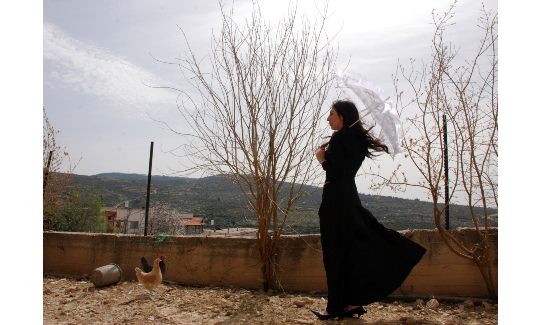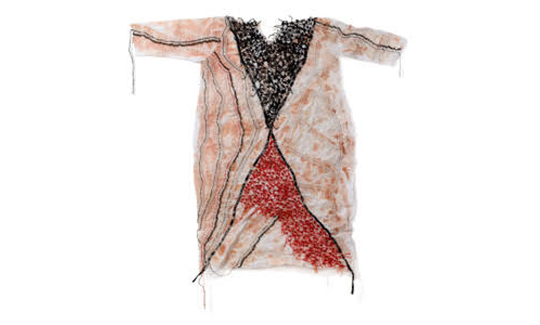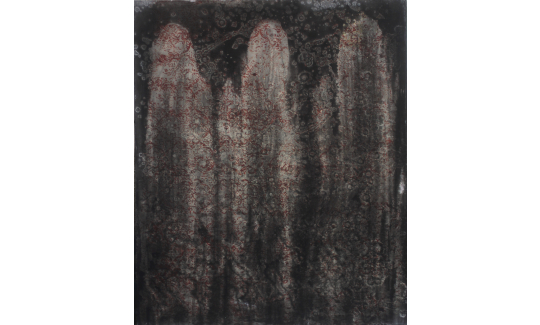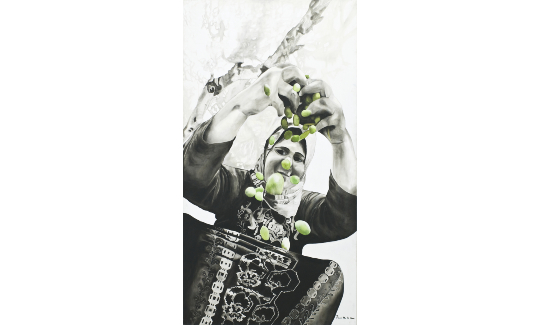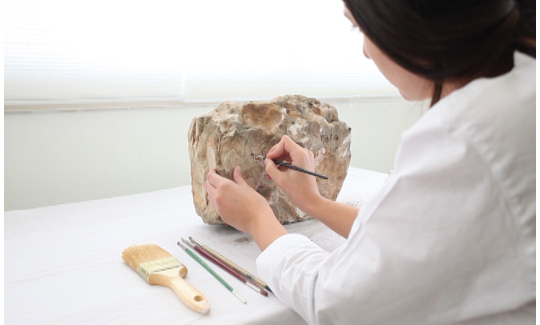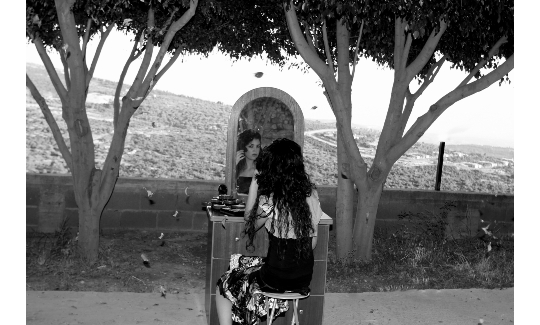Present Absentee
Thursday, 11.07.19, 20:00
Friday, 24.01.20
:
Svetlana Reingold
More info:
04-6030800The last two decades have placed Palestinian women artists at the forefront of the Israeli art scene. These artists can be viewed in the framework of the feminist project, which seeks to subvert gender distinctions as social axioms. On the one, hand, the national framework is the artistic sphere from which these artists draw their self-representation. One the other hand, their biographical background locates them within a multicultural system in which, as civilians under Israeli occupation, as a minority in their own land, they bind themselves to the Palestinian identity in a complex, multi-faceted manner.
According to scholar Tal Ben-Zvi, two main issues characterizing Palestinian society shaped the Palestinian art field as a national-cultural sphere. The first is the centrality of the "memory of the Nakba" in Palestinian national consciousness; the second is the idea of "difference in unity" – meaning the decentralized structure of Palestinian society, which originates in a plurality of communities: Christians and Muslims, city dwellers and villagers, Druze, Bedouin, and others. The fact that Palestinian society defines its identity based on different, distant, and unconnected communities that serve to emphasize its unity constitutes a central principle in the emergence of the Palestinian art field, which bases its structure on this principle.
In its aspiration to forge a common narrative, a canonical national system creates multiple national symbols that attach tangible, demonstrable meanings to the development of nationality. Such a series of symbols appears in many of the works of leading Palestinian artists. It includes red flowers, doves, oranges, a woman wearing a dress with Palestinian embroidery, the map of historical Palestine, the Al-Aqsa Mosque, the destroyed Palestinian village as an image symbolizing the memory of the Nakba, as well as the village as a utopian, harmonic place rooted in nature, and more.
In this symbolic system, a special place is accorded to the figure of the woman as homeland. According to Ben-Zvi, Palestinian art has turned the representational scheme of woman-homeland-village into its preferred pattern, which constitutes the basis for most depictions of the female body in Palestinian art during the second half of the twentieth century. Scholars Vera Tamari and Penny Johnson also emphasize the centrality of this identification, which has led to extensive use of images of the female body in the works of leading Palestinian artists, from the 1950s to this day.
In contrast with this tradition, contemporary Palestinian female artists propose a plurality of critical perspectives that are directly influenced by the multicultural, postcolonial feminist discourse, which draws attention to the different place of women in the social world. This postcolonial feminism refers to women artists active in the Middle East and the Arab world, in South America, in East Asia, and in Africa – artists whose works present growing criticism of national movements. However, according to scholar Kumari Jayawardena, feminism in the Arab world developed alongside Arab nationality, as part of these women's sense of cultural empowerment. This feminist movement is thus closely related to national thought.
According to Ben-Zvi, although the art of Palestinian women adopts national gender roles, it presents women figures in a variety of contemporary, realistic settings. The female body does not lend itself to a schematic definition, as in canonical Palestinian art. In these works we can find a plurality of female figures: instead of the universal mother figure, traditionally symbolizing the connection woman-homeland-village, their works display various images of motherhood. The discourse of place becomes a discourse of places, positions, and possibilities.
In patriarchal Palestinian society, women artists sometimes find themselves in the position of the "other," seen as mediators and representatives of a cultural medium perceived as Western and foreign. Their works express an existential condition of constant "otherness," existing in social systems that hold a polarized and inflexible world view. This is not the "otherness" of exile or immigration, but rather of a parallel existence – a daily transition between different territories, societies, and cultures. The works of these artists thus become a space of action and a ground for the development of a critical position that challenges the conception of national society and culture as homogenous and uniform.

